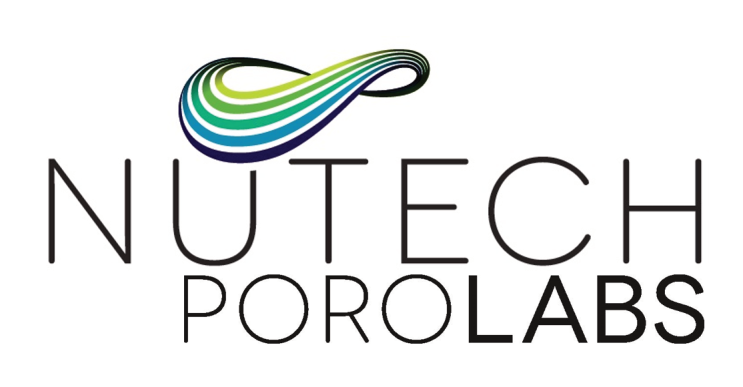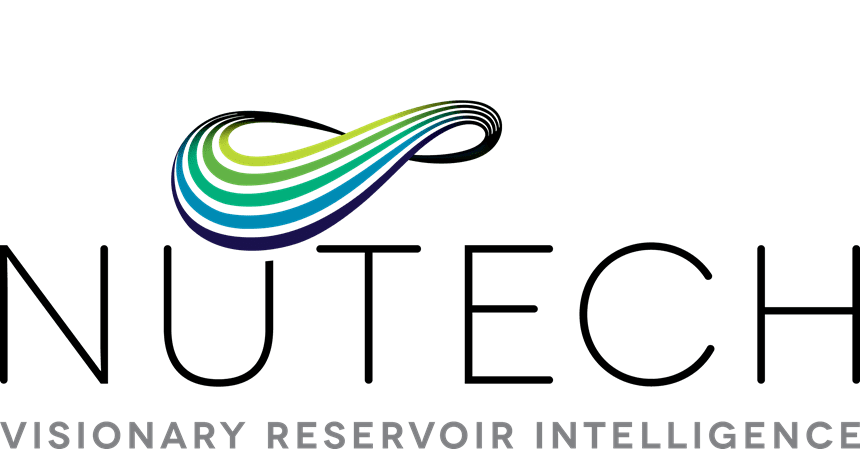
Core Analysis
POROLABS specializes in the characterization of porosity and pore throats, mineralogy, and the organic richness for oil and gas reservoirs.
POROLABS has the experience, technology and testing methodology internally to provide clients various core data characteristics with rapid turnaround time. POROLABS is experienced in providing Mercury Injection Capillary Pressure (MICP), Total Organic Carbon (TOC) analysis, and X-Ray Diffraction (XRD) analysis.
Sample Preparation
POROLABS takes a tailored systematic approach to each of its services in order to optimize and develop the best analytical program based on sample type as well as individual clientele needs. These include, but are not limited to, the following:
- Crushing and Sieving
- Photos
- Plug Acquisition
- Soxhlet Cleaning
Special Core Analysis
Mercury Intrusion Capillary Pressure (MICP) Analysis
MICP analysis provides an accurate and consistent methodology for determining various petrophysical rock properties of a sample.
Mercury Intrusion Analysis
Yields pore volume distribution of pore sizes between 140 and 0.004 micrometers in diameter. Data provided also includes calculations of:
- Bulk and grain density
- Pore Throat Distribution
- Porosity
- Wetting Phase Saturation @ HAFW
- Swanson Permeability
If requested, Air-Brine and Oil-Brine Pc curves, cumulative intrusion, normalized pore volume distribution, wetting phase saturations and J-Functions can be provided.
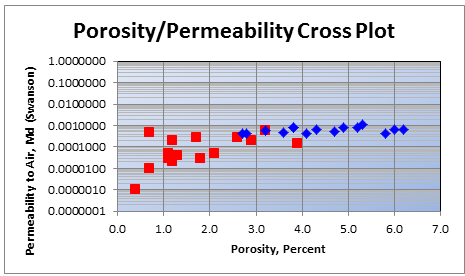
Mercury Intrusion and Extrusion Analysis
Yields the aforementioned intrusion analysis plus extrusion data as the pressure decreases to atmospheric pressure.



Geochemical Analysis
The maturity of a rock, as well as its potential to generate oil and/or gas can be evaluated by TOC and Rock Eval pyrolysis or Source Rock (SR) analysis. Various ratios from the data provided by these analyses aid in the interpretation of rock characteristics.
Vitrinite Reflectance
Source rock maturity indicator
Rock Evaluation
S1, S2, S3, Hydrogen Index (HI), Oxygen Index (OI), Production Index (PI), Normalized Oil Contact (NOI), Tmax
TOC Analysis
Organic Richness
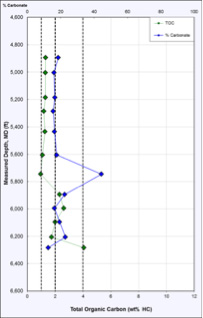
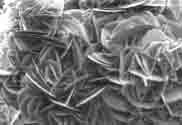
Petrographic Analysis
These analyses provide clients with the rock properties that influence the effects on reservoir quality, depositional environment, diagenetic history, formation damage prevention and anomalous wireline log response.
Scanning Electron Microscopy (SEM)
Provides documentation of three-dimensional pore geometry and authigenic components.
X-Ray Powder Diffraction (XRD) Analysis
Provides data used to determine the rock composition and the abundance of clay minerals of a rock sample. Yields weight percent and volume percent of specific minerals present in the rock sample.
- Bulk Mineralogy
- Bulk and Detailed Clay Mineralogy

X-Ray Fluorescence (XRF) Analysis
Provides data quickly to identify the characteristics and composition of the rock and confirm the mineralogy of the strata. Measuring the elements within the drill cuttings to determine properties of quartz, limestone, clay and other properties can determine where the laterals are located within the strata, thus identifying what part of the lateral to complete.
XRF Benefits:
- Quick and affordable approach to measure cuttings, core and outcrops of host rocks.
- Analyze reservoir rock composition and lateral well sections(cuttings).
- No logs in lateral required.
- Insight provided for proper frac spacing.
- Target/determine where the well is within the section.
Thin Section Descriptions (THS)
Provides a description of lithology, texture, grain size, porosity types, detrital mineralogy, authigenic components, and reservoir quality.
General Thin Section Description: Qualitative description of lithology, texture, grain size, detrital mineralogy, authegenic components, porosity types, reservoir quaility, formation damage. Two Photomicrographs.
Detailed Thin Section Composition Analysis: Description of lithology, texture, grain size, reservoir quality,formation damage. Modal analysis/point count (250 pts.) gives quantitative detrital mineraology, authegenic components, and porosity types. Two Photomicrographs.
Integrated Services
Reservoir intelligence is gathered and interpreted by a team of experts unparalleled in the industry using innovative technology and a unique, integrated process.
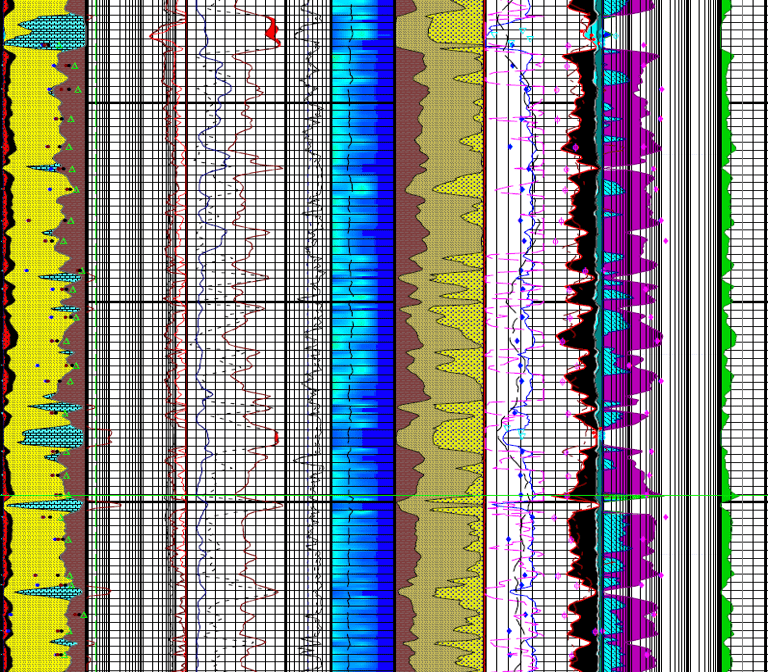
Reservoir Engineering
Optimizing development of conventional and unconventional reservoirs.
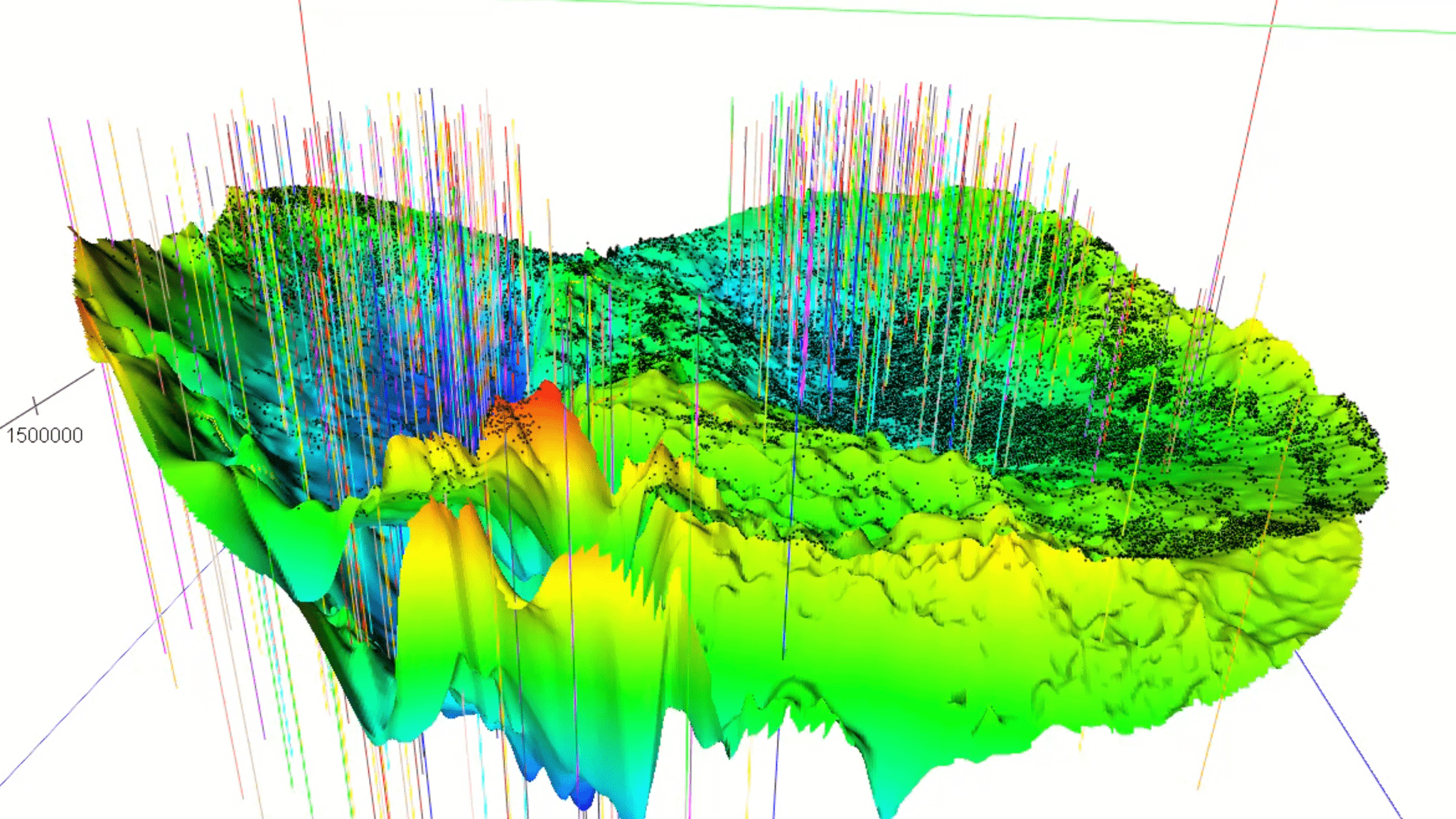
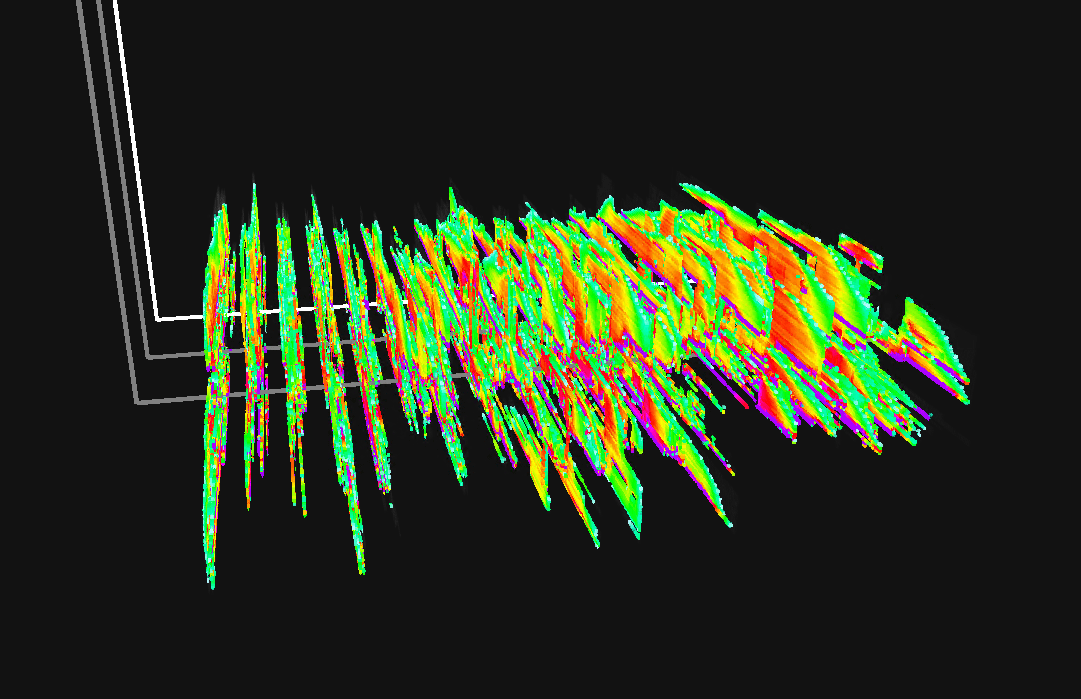
Completion Engineering
The reservoir is not homogeneous, so your completions shouldn't be either.
Have any Questions?
NuTech Reservoir Experts:
- Discovered the full commercial potential of the Eagle Ford Shale.
- Confirmed a world class project that resulted in Argentina’s largest crude oil discovery in two decades.
quick stats
40,000
1,600
1,100
Onshore UK wells available to us as a Data Release Agent.
